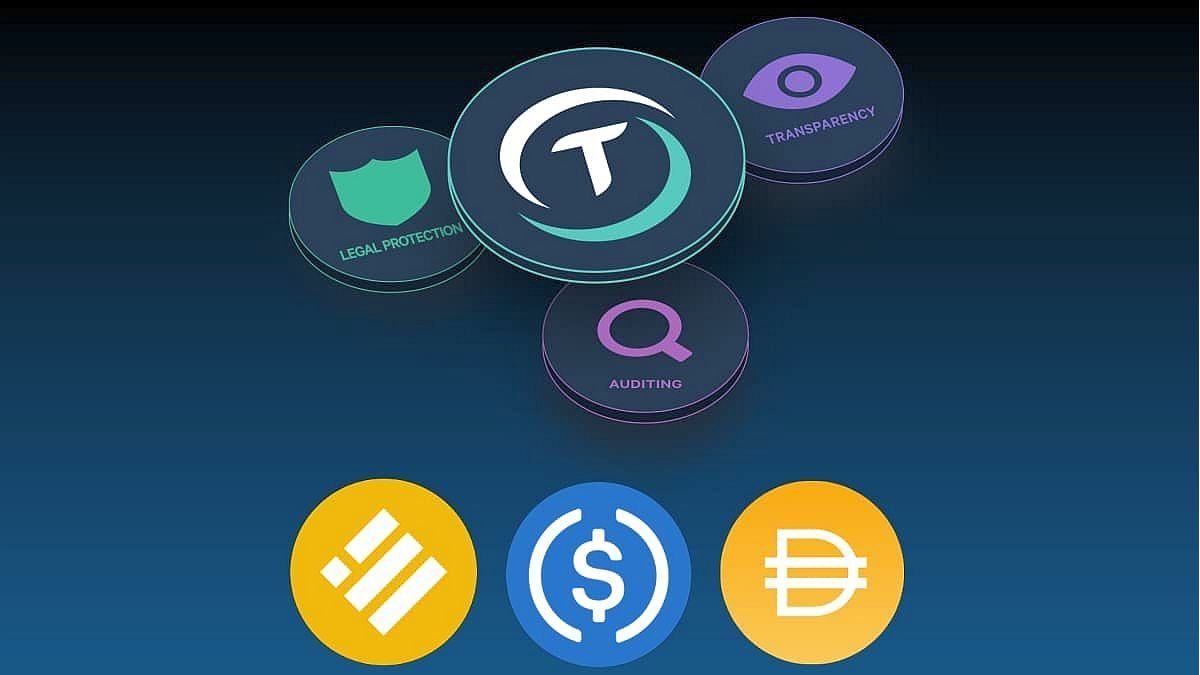Tether (USDT) is a stablecoin issued by a Hong Kong-based company called Tether Limited, which backs its issuance through cash, bank deposits, treasury bills, guaranteed loans, commercial paper, certificates of deposit, reverse repurchase notes, corporate bonds, funds and precious metals, among others.
The main advantage of Tether is that It is the most liquid currency in the market. Therefore, large volume operations can be carried out without significantly affecting the price.
USD Coin (USDC) is a stablecoin issued by the companies Circle and Coinbase, registered with the endorsement of the Financial Crimes Enforcement Network (FinCEN) of the United States Department of the Treasury. In addition, they have a New York Bit License, and an endorsement by the UK Financial Conduct Authority.
All units of this cryptocurrency in circulation are backed by a dollar that is kept in reserve, in a combination of cash and short-term US Treasury bonds, with regular audits.
For this reason, the main advantages of USDC are the certainty that there is regarding the reserves that support its issuance and compliance with the regulations of the different organizations.
DAI (DAI) is a stablecoin whose issuance and development is managed by the Maker protocol and the MakerDAO decentralized autonomous organization on the Ethereum network. This means that no institution is required to issue DAI. Anyone can issue it by locking other cryptocurrencies in the protocol’s smart contract vaults. Its support lies in the value of the cryptocurrencies that are blocked when issuing.
The main advantage of DAI is that it is not a cryptocurrency issued by an institution. This is because the management of reserves is managed in a decentralized manner.
To conclude, it can be said that all stablecoins have their advantages and that the choice of one over another depends on the need or priority of each user. For example, the liquidity in the case of USDT, the certainty in the support of the issuance and the regulatory framework in the case of USDC, or the decentralization of the issuance in the case of DAI.
Product Owner at Quantia.io
Source: Ambito




